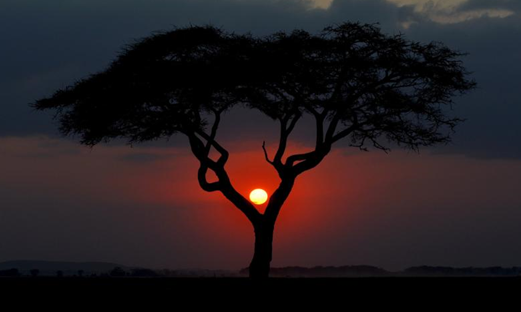Inflation falling, tourism up – Kenya looks good for 2022

Covid-19 is largely behind us, but we are still feeling its effects economically. The pandemic set back Kenya’s growth, debt, and employment. But things are looking better in 2022.
Overview

The World Bank reports that Kenya’s output has risen above pre-pandemic levels and forecasts GDP will grow by 5% in 2022 and 2023. This is being driven by rising domestic demand due to improving household income and employment conditions.
The tourism sector of the economy is showing signs of recovery but is not expected to reach 2019 levels this year. The agriculture sector has been affected by adverse weather; exports have declined in some areas. Exports of coffee, cut flowers, and fresh vegetables have all increased.
Currency
The Kenyan shilling has been broadly stable on the forex markets. It has depreciated against the US dollar because the dollar has risen gradually in recent years against most currencies. Against the euro and British pound, the shilling has depreciatedsince the Covid-19 pandemic hit, but there has been some recovery in the past few months.
Inflation
Annual consumer price inflation is currently easing from its high of 6.9% in September 2021 to a February 2022 figure of 5.08%.

Inflation is under control, though higher than is ideal.
Covid-19
Reuters reports the daily CoVid-19 cases reported in Kenya have fallen to 1% of the peak infection rate, and the number is still falling. This compares favourably with other African countries including South Africa, Egypt, and Tunisia.
Vaccination rates are low, but the recent Memorandum of Understanding with Moderna to establish an mRNA vaccine manufacturing facility in Kenya gives cause for optimism. This will give high-value jobs and provide export earnings when it is established.
Tourism
Tourism is a major contributor to the health of Kenya’s economy at 10.4% of GDP and providing 990,000 direct jobs in 2019.

There was some recovery in 2021, as shown in the chart below. 
With international flights opening up again in 2022 and the reduction in Covid-19 cases the number of foreign tourists coming to Kenya is likely to increase on the 2021 figures.
Employment

The graph above shows the gradual decrease in the importance of the agriculture sector as the manufacturing and service sectors continue to grow. Agriculture is still the main source of employment for most Kenyans.
Many people, especially women and younger workers can only find employment in the informal sector where wages are low and conditions poor.
Interest Rates
The next few months will probably see a change in the way banks calculate loan repayments. The interest rate cap will be replaced by risk-based lending. Borrowers who the banks judge more likely to default will pay a higher rate of interest. The Central Bank of Kenya is working through the different banks’ interest calculation formulas.
The banks have pushed heavily for this change and claim they will be able to lend money to a wider range of people. The IMF had suggested setting the interest rate cap higher to achieve the same objective if more lending to higher-risk customers. The banks’ opposition to the IMF proposal has not been adequately explained.
Rates are trending higher, as with other countries as the economy recovers and demand for loans increases.



